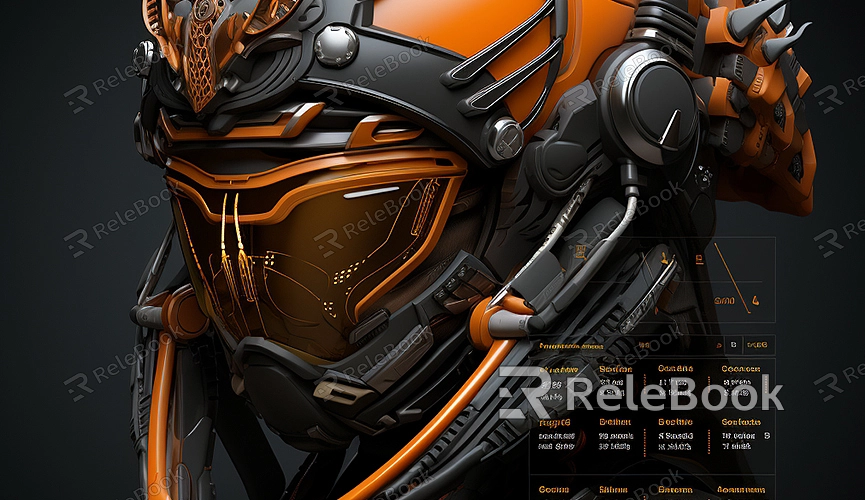C4D how to 3d model people
In the field of computer graphics design, modeling human characters is a highly challenging and creative endeavor. Whether for animation, game development, or virtual reality projects, creating precise and realistic human models is crucial for enhancing the quality of your work. This article explores the basic steps and techniques for modeling people in Cinema 4D (C4D).
Preparation
Before diving into character modeling, thorough preparation is essential:
- Gather Reference Materials: Collect photographs and reference images of people from real life or other media sources to better understand human anatomy and proportions.

- Understand Human Anatomy: Study basic human anatomy, including muscles, bones, and proportional relationships, which will help in creating more accurate models.
Creating the Base Mesh
In C4D, human character modeling typically starts with creating a basic mesh, which can be a simple cube or sphere that is gradually refined:
- Using Basic Geometry: Begin by using C4D's primitive objects like cubes or spheres to outline the basic shape of the human body.
- Adjusting and Deforming: Adjust the shape by moving, stretching, rotating, and scaling vertices, edges, and faces to approximate the basic form of the human body.
Mesh Subdivision and Refinement
Once you have the basic shape, the next step involves subdividing and refining the mesh to achieve a more realistic human form:
- Cutting and Adding Faces: Use tools like the knife tool or subdivision tool to create new edges and faces on the model, allowing for more precise definition of muscle groups, joints, and details.
- Adding Details: Gradually add details such as muscle contours, skin wrinkles, and skeletal structure to make the character model more lifelike.
Utilizing References and Symmetrical Modeling
During the modeling process, using reference images and symmetrical modeling are invaluable tools:
- Reference Images: Import reference images as background images in C4D views to continuously reference and adjust the model to match the proportions and shapes depicted in the images.
- Symmetrical Modeling: Utilize C4D's symmetry modeling tools to simultaneously work on both sides of the model, ensuring symmetry and accuracy.
Fine-Tuning and Sculpting
Once the basic shape and details are in place, proceed with fine-tuning and sculpting the model:
- Sculpting Tools: C4D offers powerful sculpting tools that can be used to add subtle details, wrinkles, and textures, enhancing the realism of the human character model.
- Local Adjustments: Continue making local adjustments across different parts of the model to ensure each area's proportions and details meet the desired standards.
Texturing and Rendering
After completing the modeling process, the next steps involve adding textures to the character model and rendering it:
- Texture Mapping: Download high-quality 3D textures from Relebook or create custom texture maps as needed, then apply them to the model surface to enhance its realism.
- Rendering Settings: Adjust C4D's rendering settings such as lighting, shadows, and environmental effects to achieve the best rendering results.
By following this guide, you should gain a deeper understanding of how to model people in Cinema 4D. Whether you're a beginner or an experienced designer, mastering these basic steps and techniques will enable you to create satisfying human character models. For those needing high-quality 3D textures and HDRI environments for their modeling and virtual scene creation, Relebook offers downloadable resources that can be seamlessly integrated into your projects.

